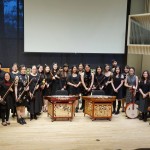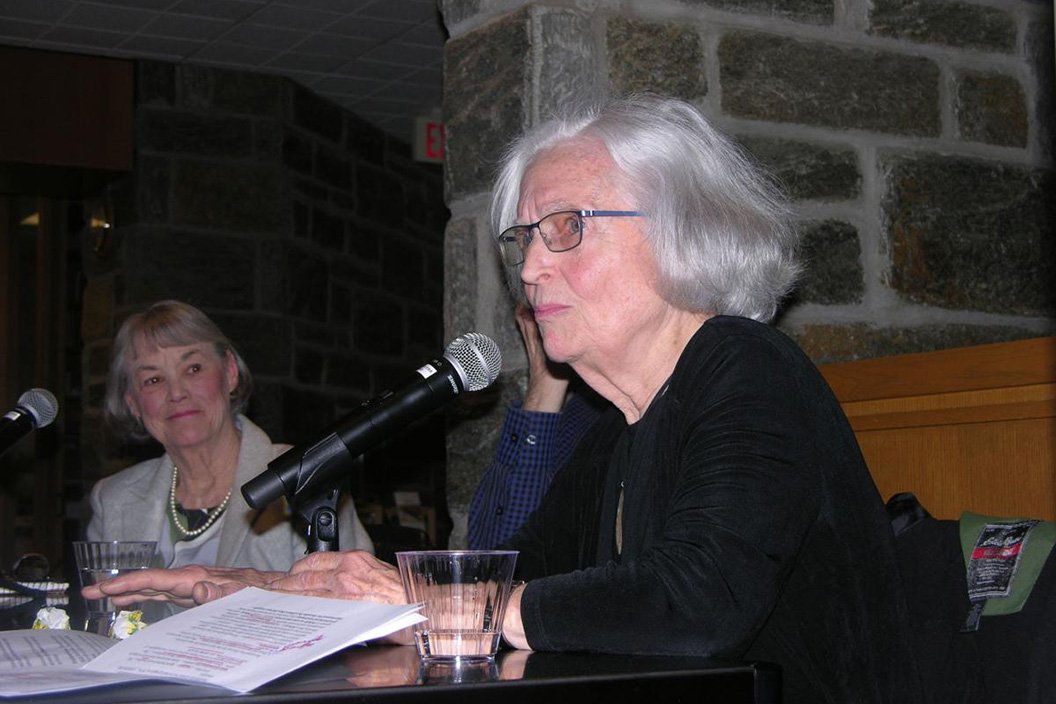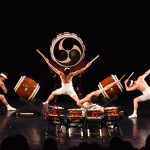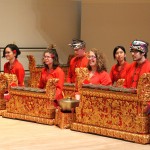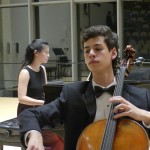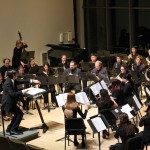On Sunday, April 28th, the Swarthmore College Chinese Music Ensemble will hold its spring concert, performing traditional and contemporary music inspired by musical traditions from a variety of ethnic groups and regions across China and its Diaspora. Students will also perform on traditional Chinese instruments such as the guzheng (zither), erhu (bowed fiddle), pipa, (plucked lute) yangqin (hammered dulcimer), dizi (flute), and percussion. Both the students as well as the co-directors, Professor Lei Ouyang Bryant and Professor Guowei Wang have rehearsed every week as an ensemble and individually in preparation for this day.
According to Professor Lei Ouyang Bryant the program lineup for this semester is “definitely driven by the individual and collective talents of [the] particular group of students in the ensemble.” At the beginning of each semester, Professor Bryant and Professor Wang assess the interests, experience, and abilities of the students and suggest pieces for them to practice during the semester and eventually perform near the end. However, nearly all of the students who performed in the Chinese Ensemble during the fall semester continued on this spring, so there was more room this semester to work on each student’s strengths.
Some special features this semester include solos by Josephine Hung’19 on dizi (bamboo flute) and Shirley Liu’22 on guzheng (zither), and a small group of erhu students, Han Chen’22, Rebecca Lin’22, Faye Ma’20, and Jeffrey Zhou’19, with Daisy Lee’22 on ruan (lute). Liu says it is a “great honor for [her] to perform the solo piece ‘Dawn in Spring on the Snowy Mountain’” and is striving to “present this piece at her best capacity this Sunday.”
If an audience member is familiar with Chinese music, Professor Bryant says that “there should be some recognizable pieces in [the] spring program to enjoy.” However, for an audience member who is not familiar with Chinese music, the hope is for such people to “enjoy the variety of pieces on the program,” to “understand what the individual instruments each sound like as well as how the ensemble sounds together,” and to appreciate the fact that “though the instruments in the ensemble each carry different histories in, into, and around China, the modern Chinese orchestra is something that emerged in the nineteenth century.” Audience members are encouraged to come and witness the Chinese Ensemble perform, even if they have attended the ensemble’s recitals in previous semesters, to see “different students featured, a new repertoire, and a continued development of [the] Chinese Music Ensemble at Swarthmore.”
The concert will take place at 7:30 p.m. on Sunday, April 28th, at Lang Concert Hall.
Maria Consuelo de Dios ’21
